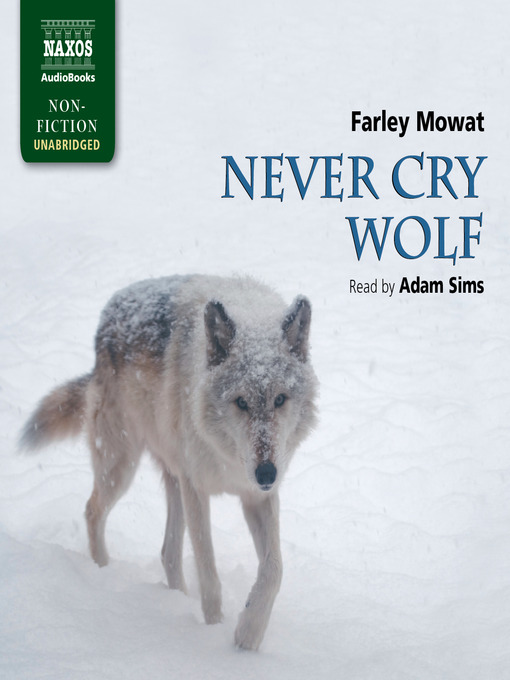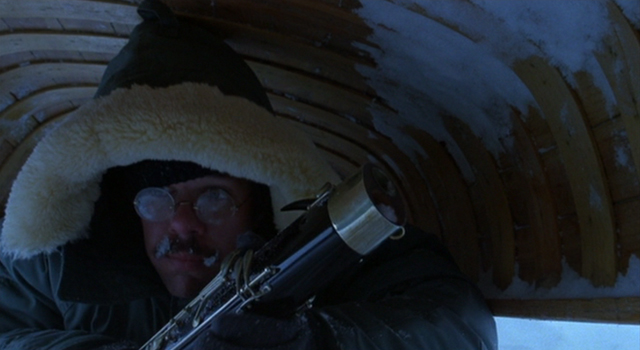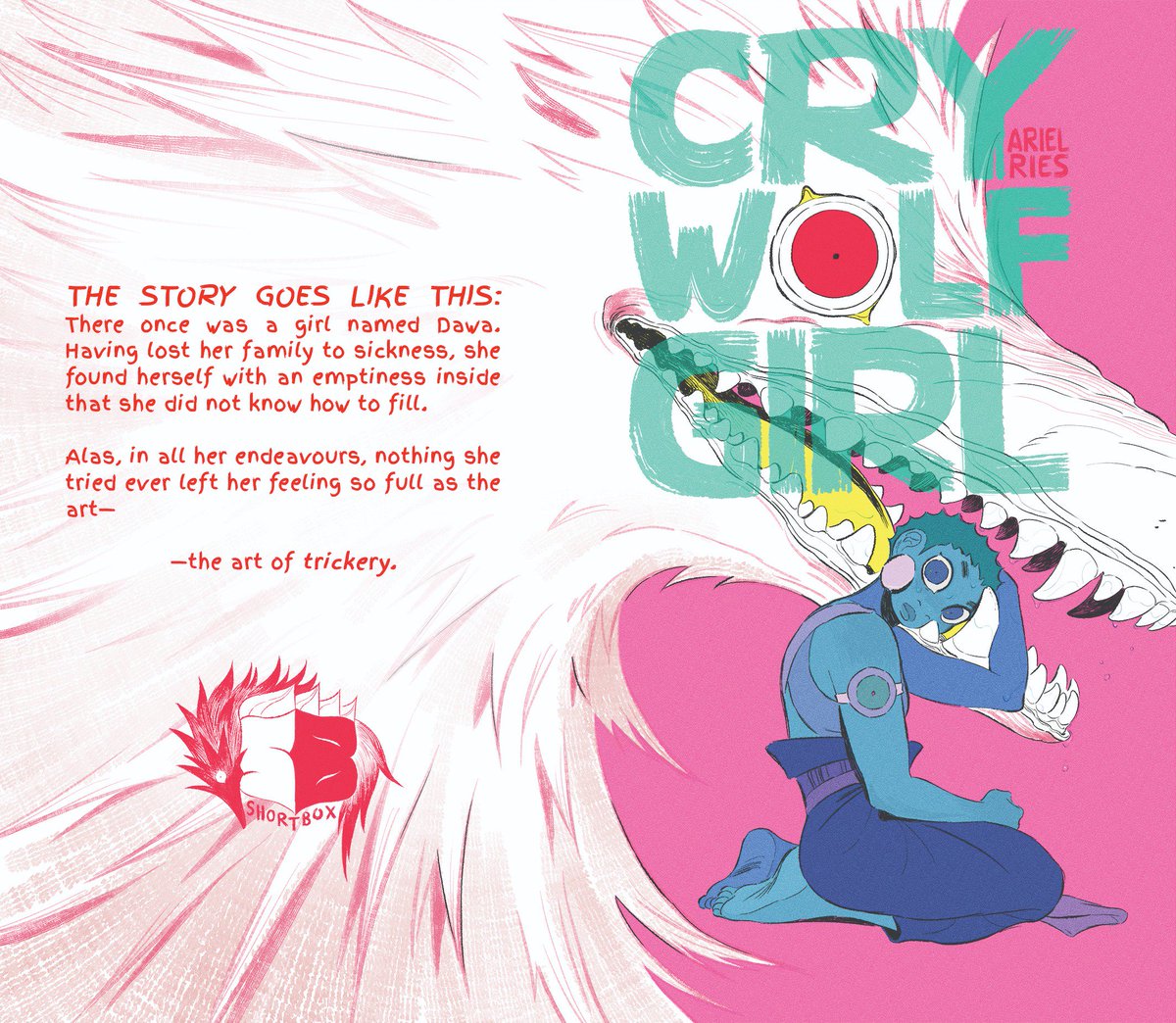
He sees a third adult wolf with them, whom he names Uncle Albert.


Farley tracks the wolf to an esker, where he discovers that the first wolf, whom he calls George, has a mate, whom he calls Angeline. Upon hearing a husky pup one day, he crosses the river and climbs a ridge, where he finds himself face-to-face with the real source of the sound: a full-grown arctic wolf. Even after the ice melts and the snow disappears, he does not see wolves. Farley establishes his base camp and pitches a forward observation tent. Mike transports him from the lake and allows Farley to rent his nearby cabin for the project’s duration. With no way of transporting his supplies, Farley encounters a trapper, Mike, with a 14-dog sled team. Stranded for a time in Churchill, during which he receives a great deal of nonsensical input from local wolf “experts,” Farley finds a new brush pilot who flies him about 300 miles northwest, depositing him and his gear on a frozen lake. Though he received exacting instructions, he realizes they show little grasp of the realities he will face in the wilderness.

Farley understands that the project intends to whitewash continued efforts to eradicate wolves based upon the widely accepted assertion that wolves decimated the native caribou population.įarley flies from Ottawa to Churchill, Manitoba, with his “desiderata,” the $4000 worth of supplies and equipment assigned to him for his field research. As the newest employee, he draws the assignment to be the director and sole participant in The Lupine Project, a study of arctic wolves in the Canadian Barrens. Because legitimate scientific opportunities were scarce in Canada in the late 1940s, Farley worked for Dominion Wildlife Services. Though unsuccessful, his curiosity about animal life compelled him to pursue a college education in biology. The author traces his curiosity in naturalism to an event in his youth when he tried to preserve three hardy catfish overnight in the bowl of his grandmother’s toilet. In the 1993 Preface, written 30 years after the book’s initial release, Farley expresses concern that the Canadian government, at the behest of special interest groups, continues to allow the hunting of wolves, many species of which have already become extinct. In Chapter 23, Farley graphically describes a trapped group of 23 caribou slaughtered by hunters from an airplane. In this study guide, the proper name of these people, “Inuit,” is used.

Content Warnings: Farley uses the mid-20th-century term “Eskimo,” to refer to Indigenous Canadians and other Indigenous peoples of the farthest northern reaches of North America.


 0 kommentar(er)
0 kommentar(er)
